Can you imagine going from function to function with just a small pouch for your things? In the Edwardian era, that is exactly what women did, and they made sure to make a statement even with a tiny bag attached to their wrist. Handbags, reticules, and pouches weren’t as prominent in the Victorian era as they had been previously and they made a comeback in the early 1900s and became a permanent fixture in the female wardrobe. There is a delicate attention to detail in Edwardian reticules that we don’t see as much of after about 1925 and a correlation with changes in women’s fashion that I thought would be fun to highlight.
Are you planning an Edwardian costume any time soon? Make sure you’ve got just the right reticule for a great conversation piece!
Fashion and function come together: the comeback of the reticule
Edwardian reticules were a trend born out of necessity. While they weren’t as common during the Victorian era, individuals have always carried personal belongings with them and handbags are known to exist even in ancient times. Men were known to have used shoulder bags for belongings, but up to roughly the 1800s, women carried necessities discreetly in pockets sewn into their billowing skirts or attached underneath as seen in my post on Revolutionary War styles. And of course, chatelaines were known to be used by some.
We see a brief appearance by reticules in the Regency era as women’s dresses are made with long, sleek lines leaving little room for even small bulges or pockets.
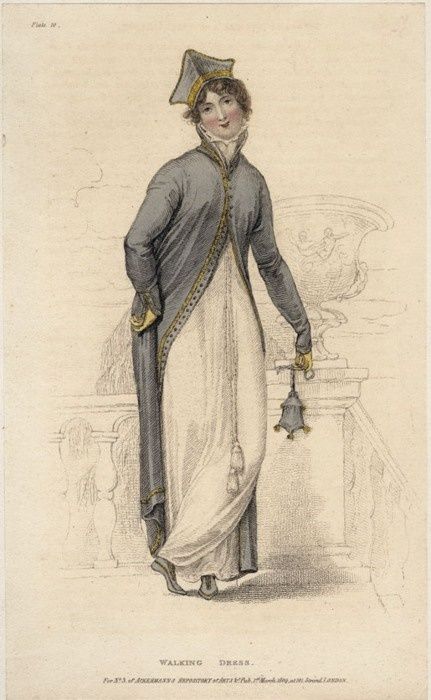
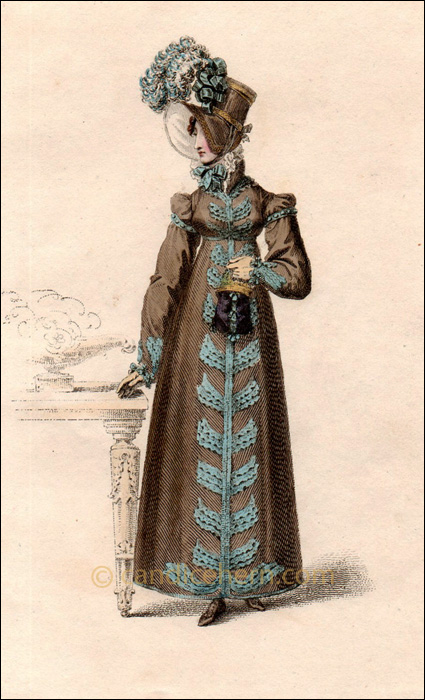
As the fashions of the Regency period vanished, pockets returned to skirts. There are occasional images of women with reticules, but they would be the exception. For the most part, carrying one’s belongings outside of clothing was seen as a men’s fashion.
Edwardian fashions once again created the need for handbags. Pleats largely disappeared from skirts, both with the S-curve silhouette and then continuing on with the sleek lines of flapper fashions. Once the reticule reappeared, it took off with all of the gusto that we see with experimental fashions of the era. Here are some of the more prominent trends, some that I am sure many readers would enjoy having in their own collections today.
The Dorothy bag
From what I understand, a Dorothy bag was a type of Edwardian reticule, with its defining characteristics being that it was closed with a drawstring and often had tassels or ribbons hanging from the bottom and carried at the wrist using two flexible handles. Reticules worn in Regency fashion were often flat and dainty, while a Dorothy bag emphasized the round shape.
Why do you think Edwardian women preferred a larger pouch than Regency women?
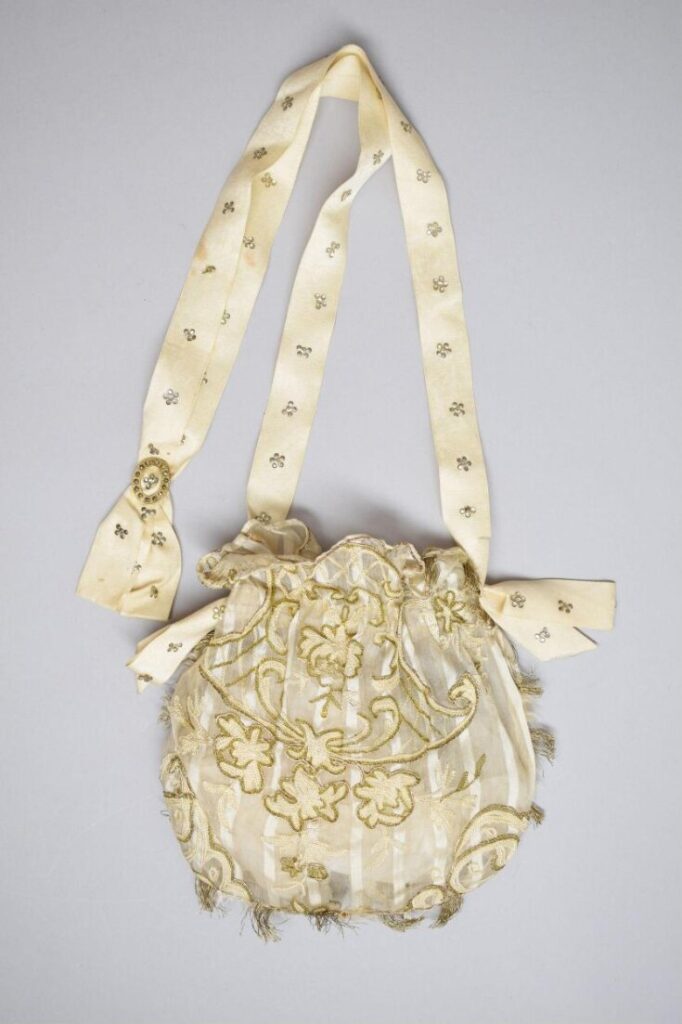
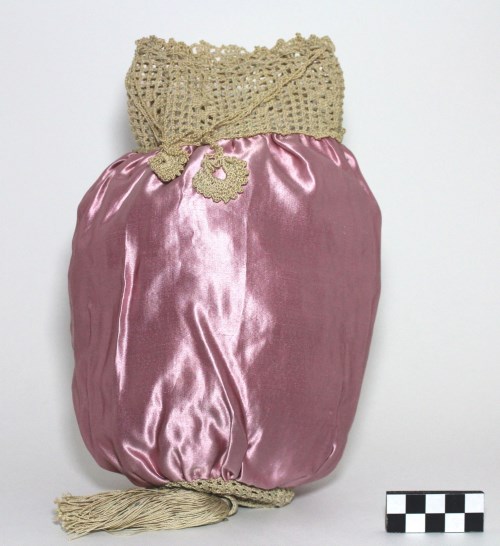
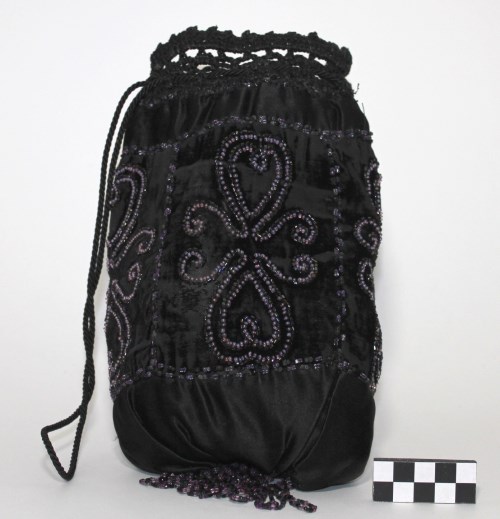
Opera bags
I look forward to doing an entire post on opera attire, as it was quite prescribed in previous times. A woman in Edwardian times, for instance, would have had one tiny bag set aside to hold her opera glasses, fan, and playbill during a night at the theater.
An Edwardian opera bag would have likely been black, held by a flexible metal handle, closed with a clasp, and of narrow shape. The one below is a perfect example.
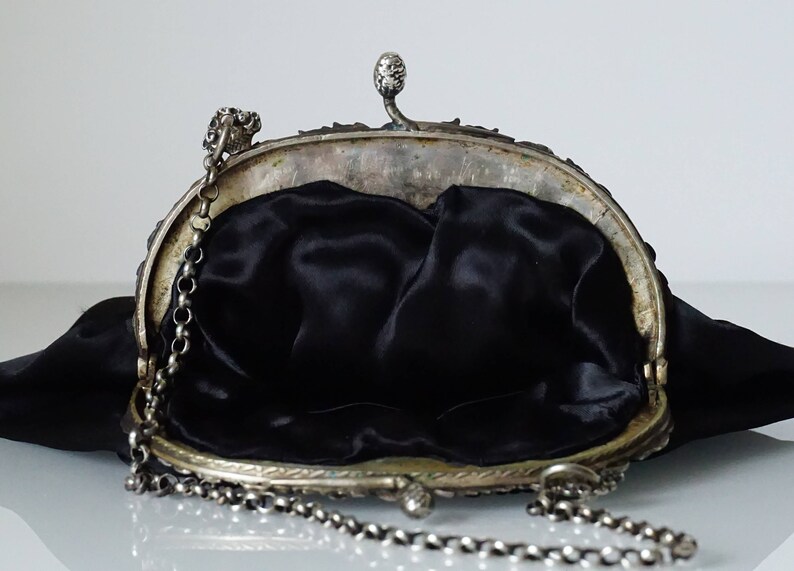
Here are others:
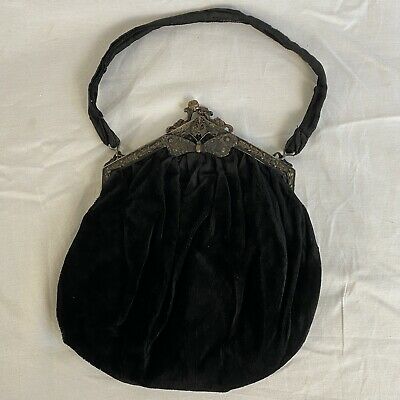
I have also heard that specific handbags were worn by women during this time to carry dance slippers to balls. While I have found several references I have not been able to find examples or images.
Lantern bags
There were a few very distinct shapes of popularity for handbags in both the Regency era and the Edwardian era. Did you know that pineapple-shaped reticules enjoyed massive popularity in Jane Austen’s time? One of the popular shapes in Edwardian times was that of a Chinese lantern. Indeed, it makes for a great reticule, don’t you think?
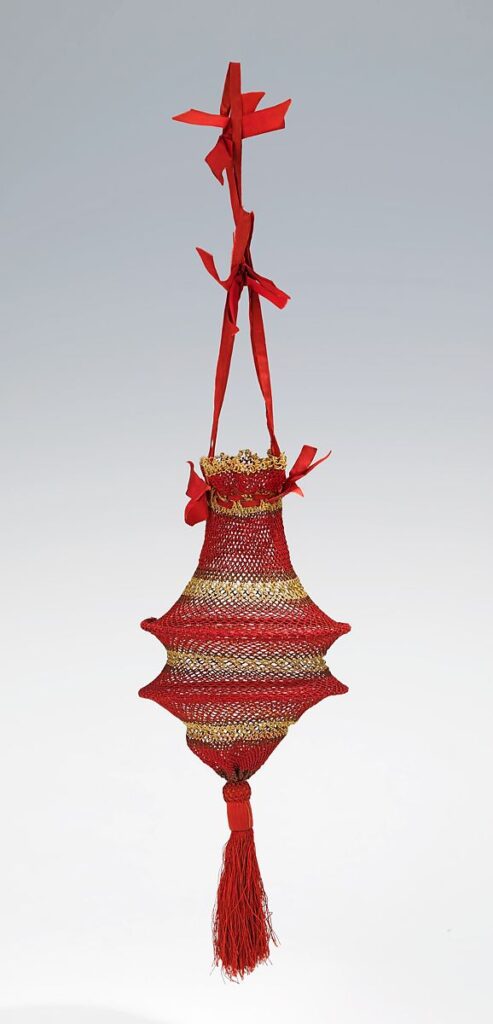
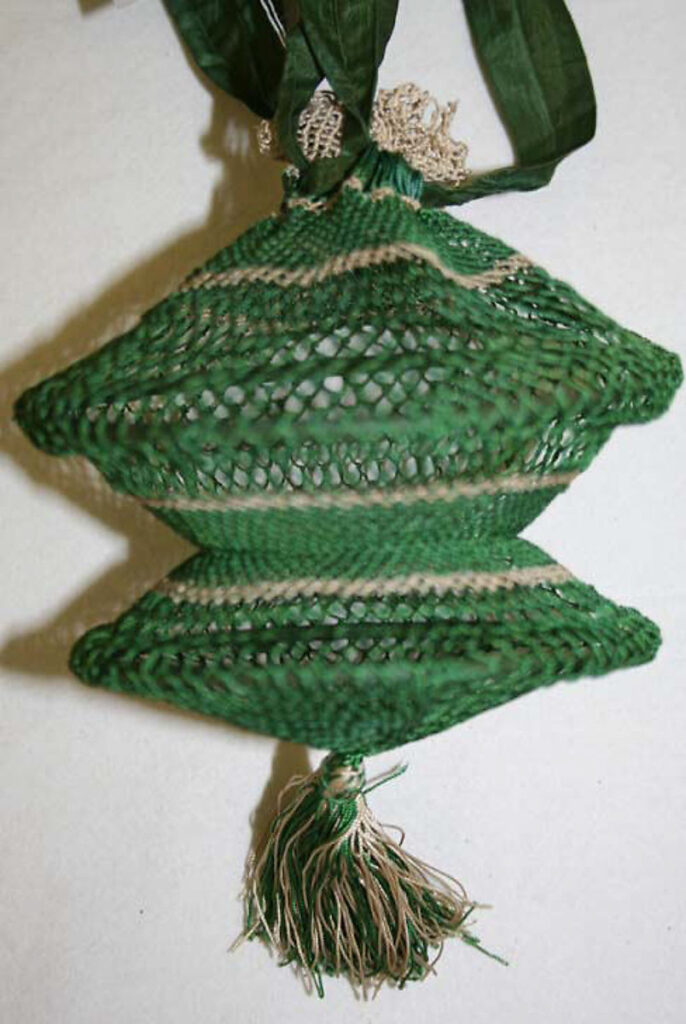
Metal mesh
Dorothy bags and Chinese lantern purses may have passed without too much fuss in the Regency and Victorian eras, but metal mesh ones? These were truly Edwardian and reflect the new and progressive styles hitting the mainstream.
As I often say, this could be a topic for an entire blog post! I knew that metal mesh would need to be covered in a post about Edwardian reticules, but I had no idea how much information and passion there is for them online. In short, mesh was found to be a great material to create with, and one that had a head-turning look but that could be widely manufactured. It went well with the ever-growing willingness that people had to experiment with clothing and a leaning toward art deco looks (though it would not be called that for a few years yet!).
And the metal mesh reticule took off! Check out some of these lovely pieces.
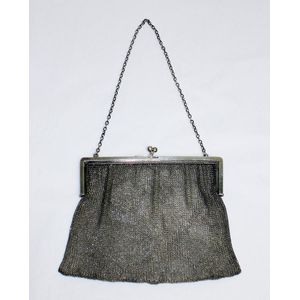
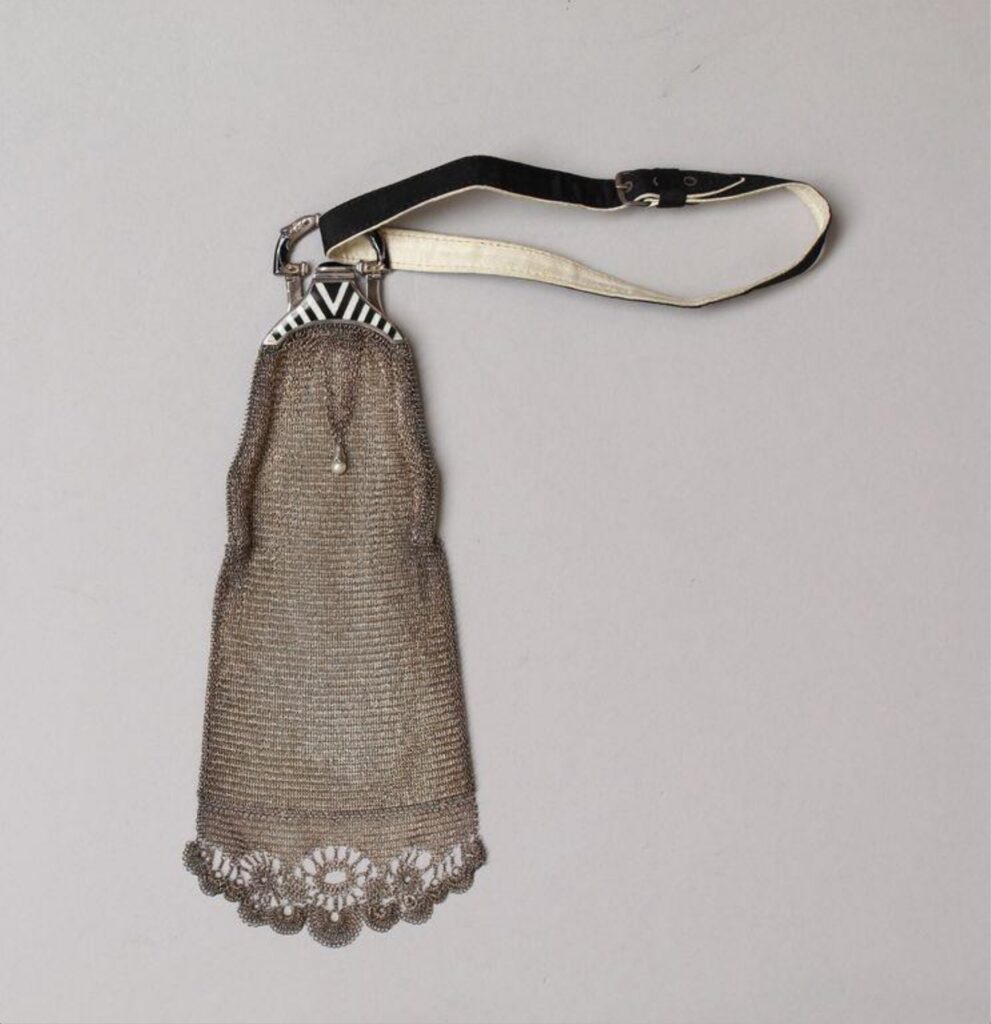

Art deco
The best way that I can describe the other experimental styles of reticules in the Edwardian era is “funky.” Beautiful things happened when attention to detail was mixed with new art and a renewed enthusiasm for doing things outside of the box; which is exactly how I would describe the fashion of 1901-1915.
The result was artisan pieces such as this:

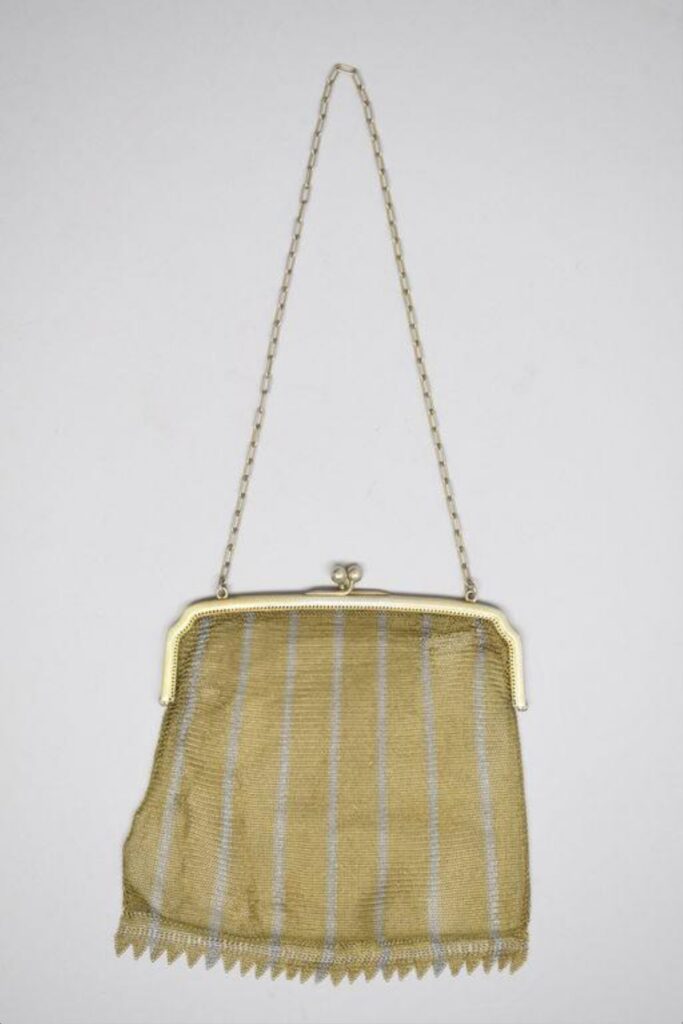
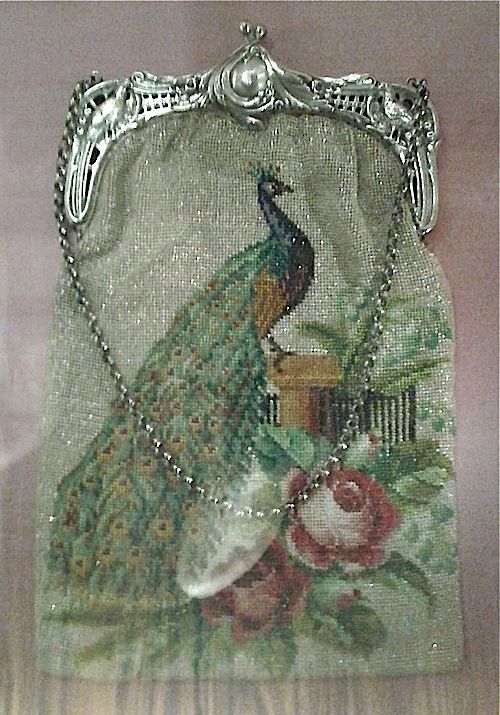
If you had to fit your necessities into a reticule, which style would you choose?
Want to learn more about accessories from the past?
A short history of the hand muff, one of history’s cutest accessories

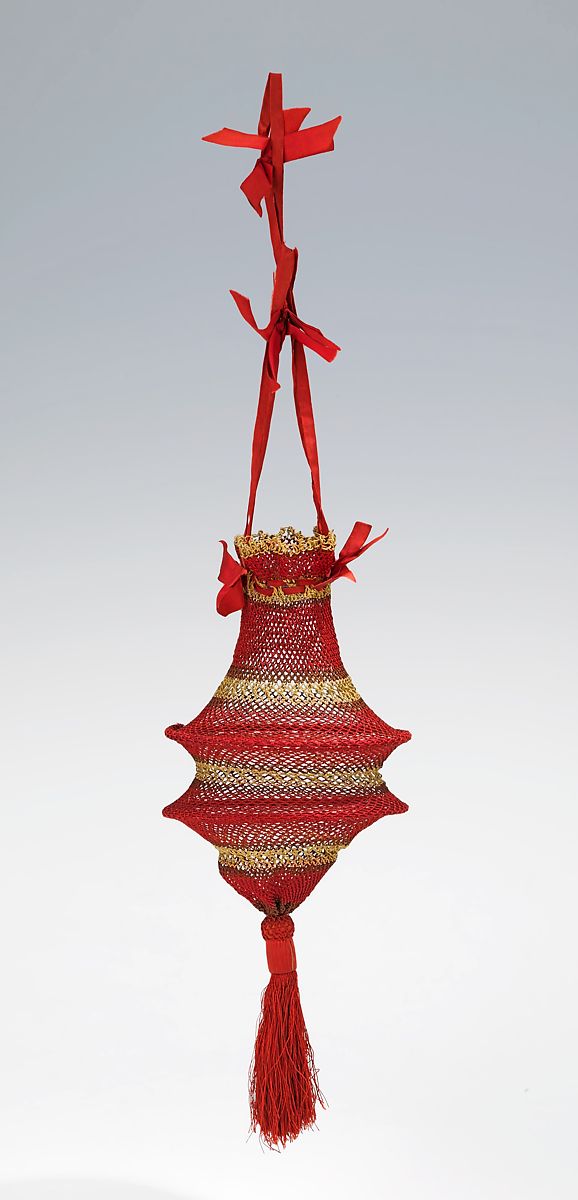
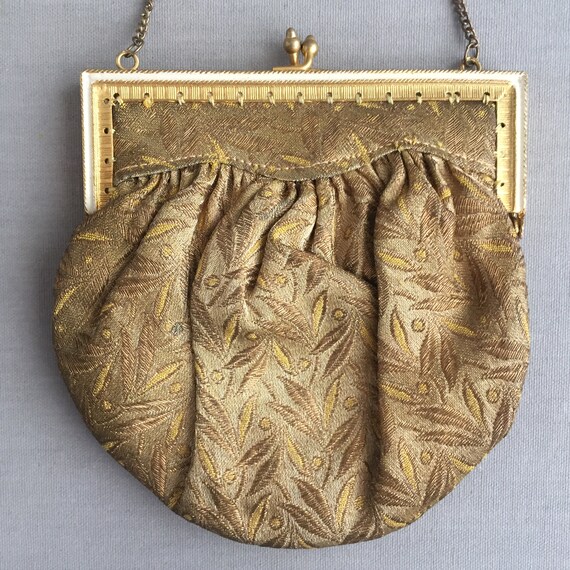
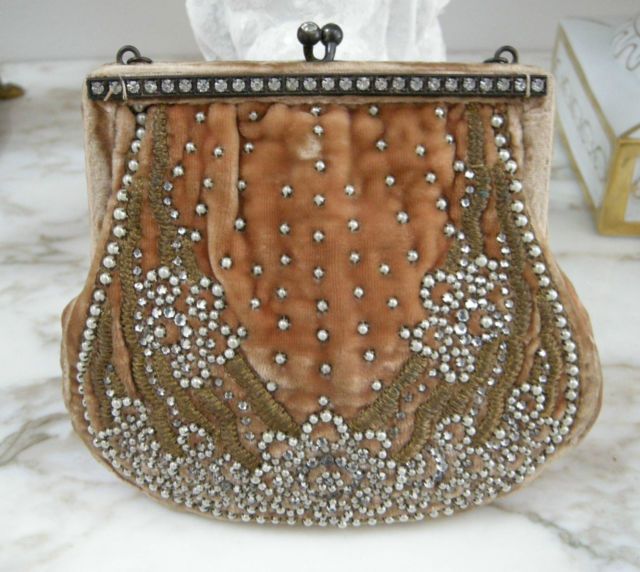



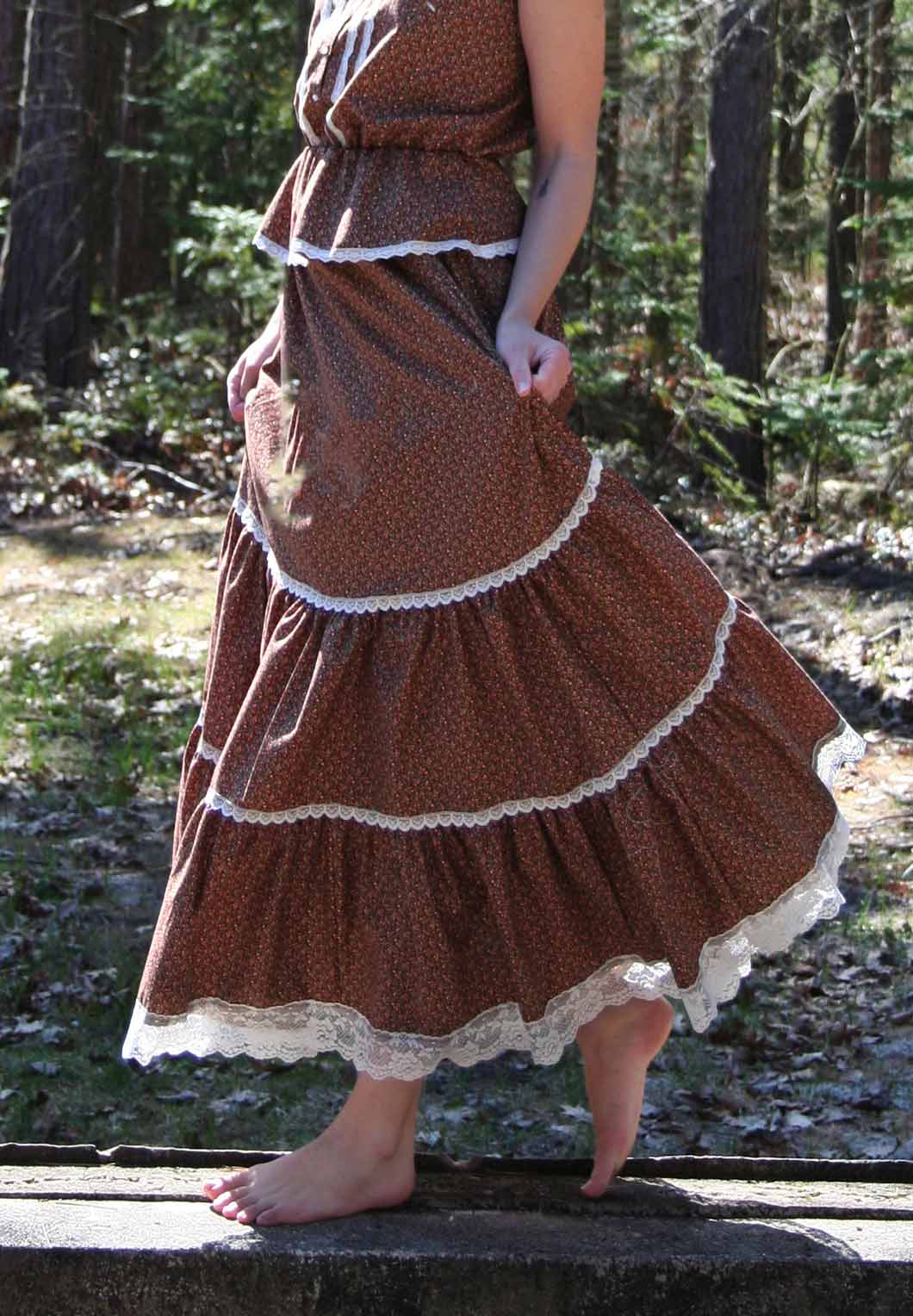
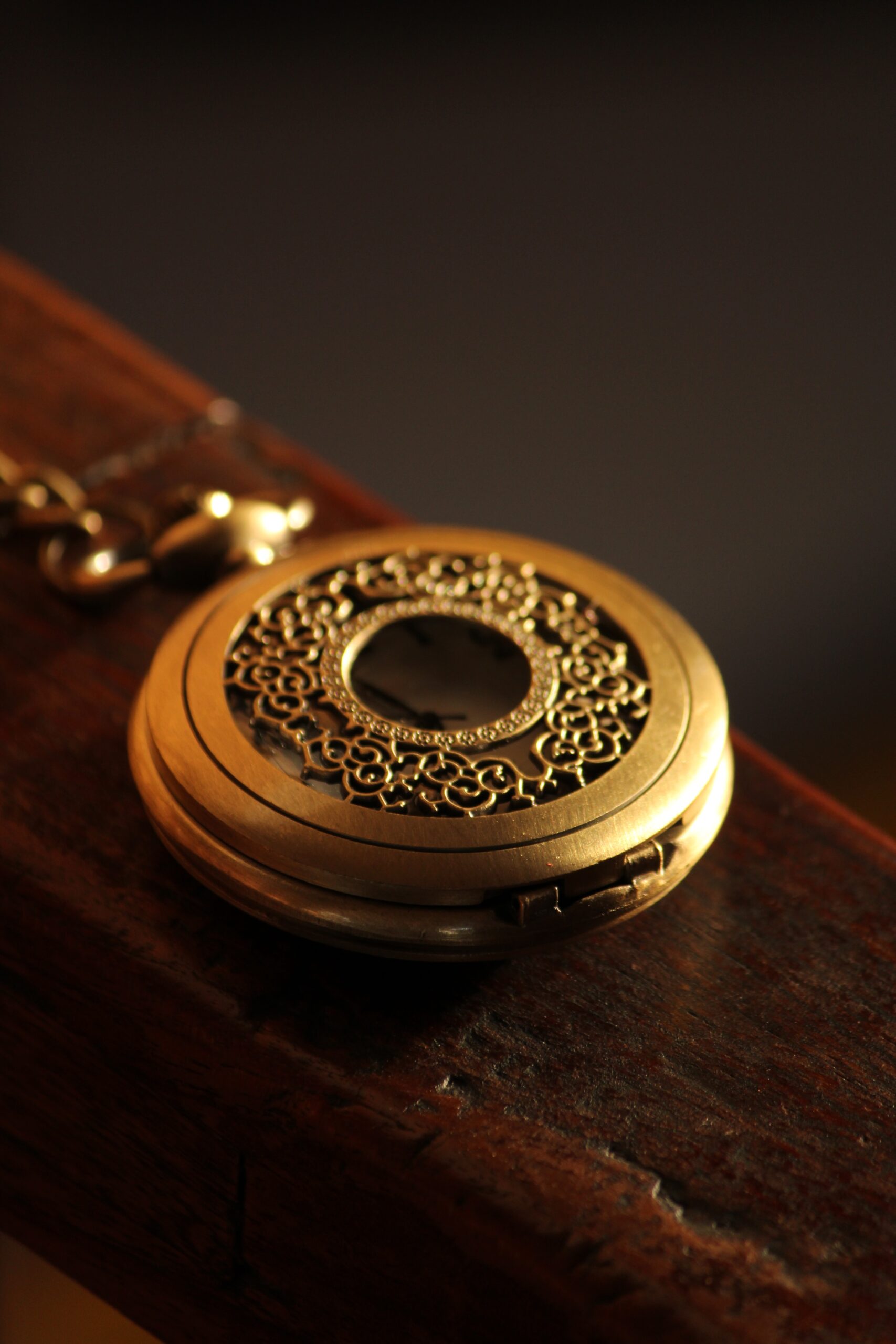
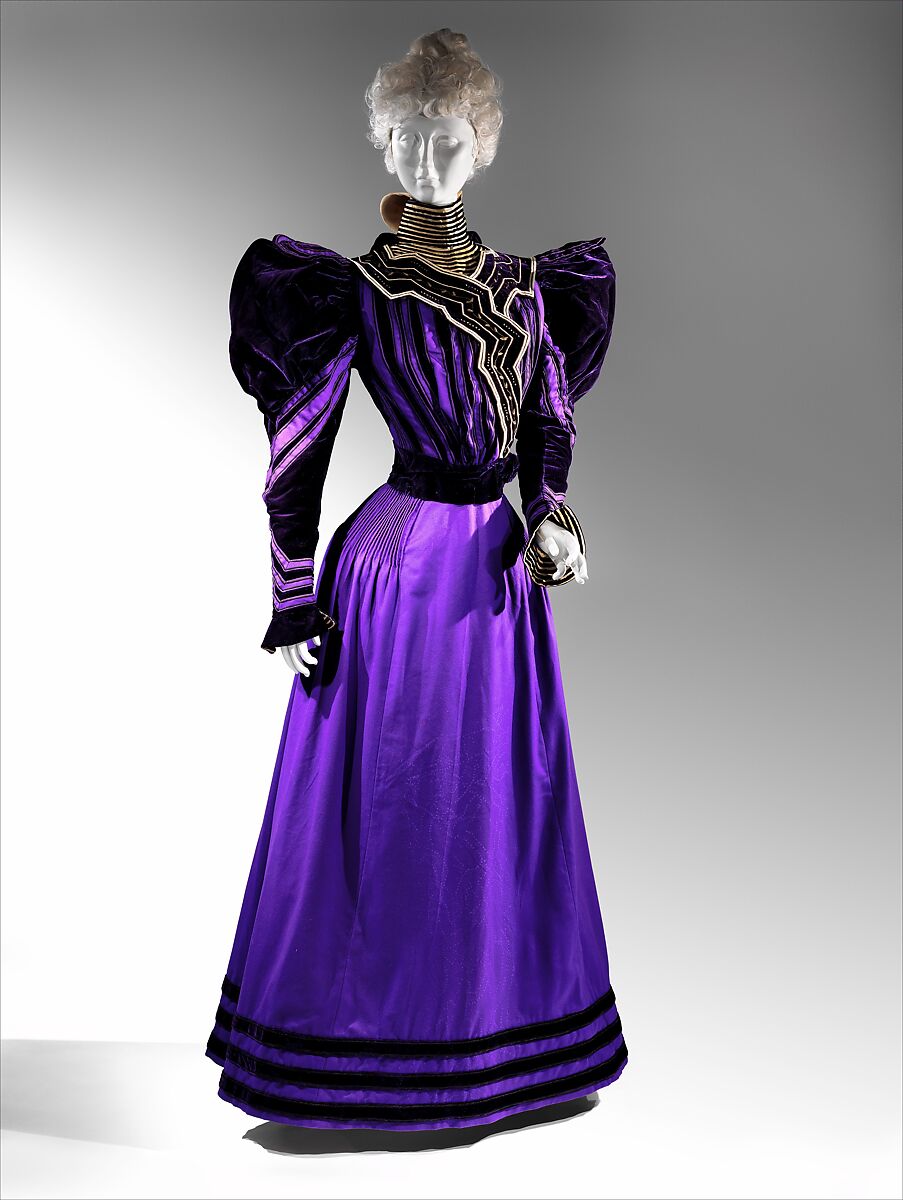

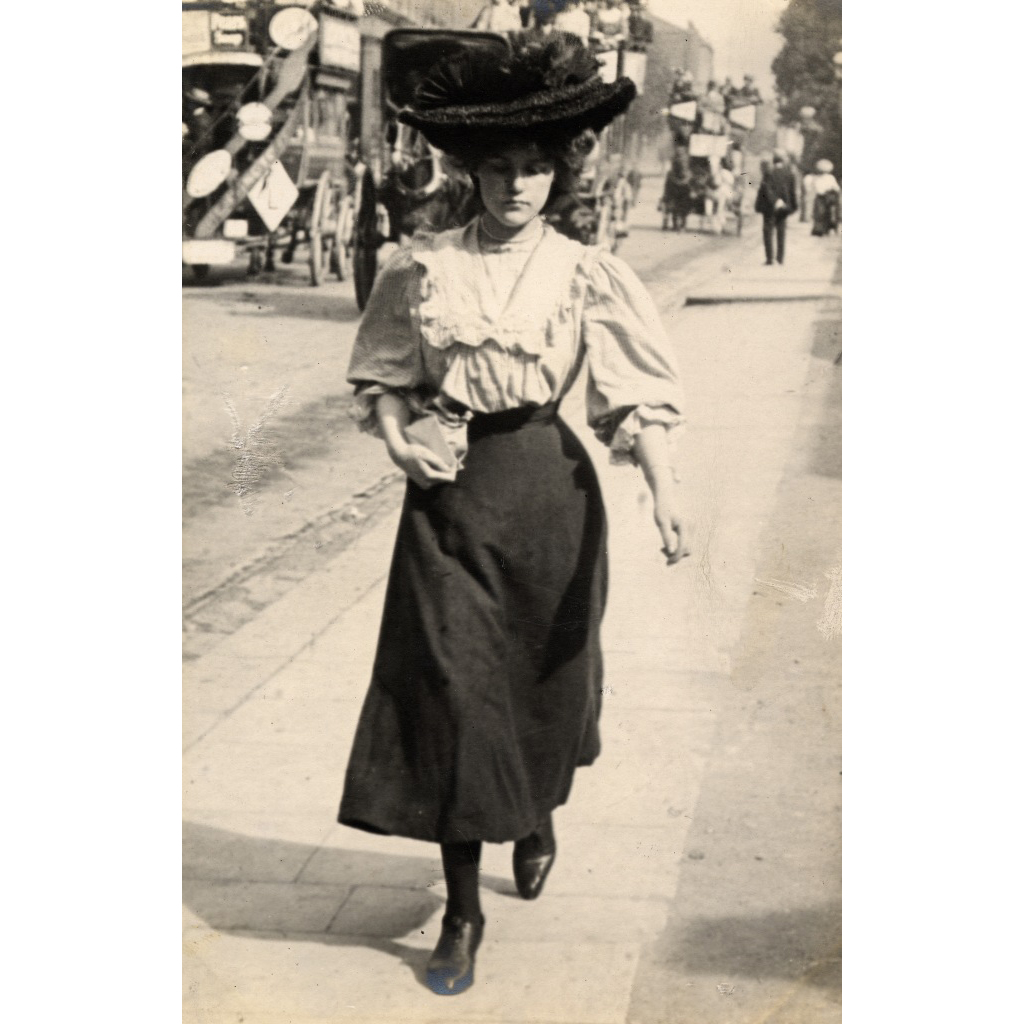
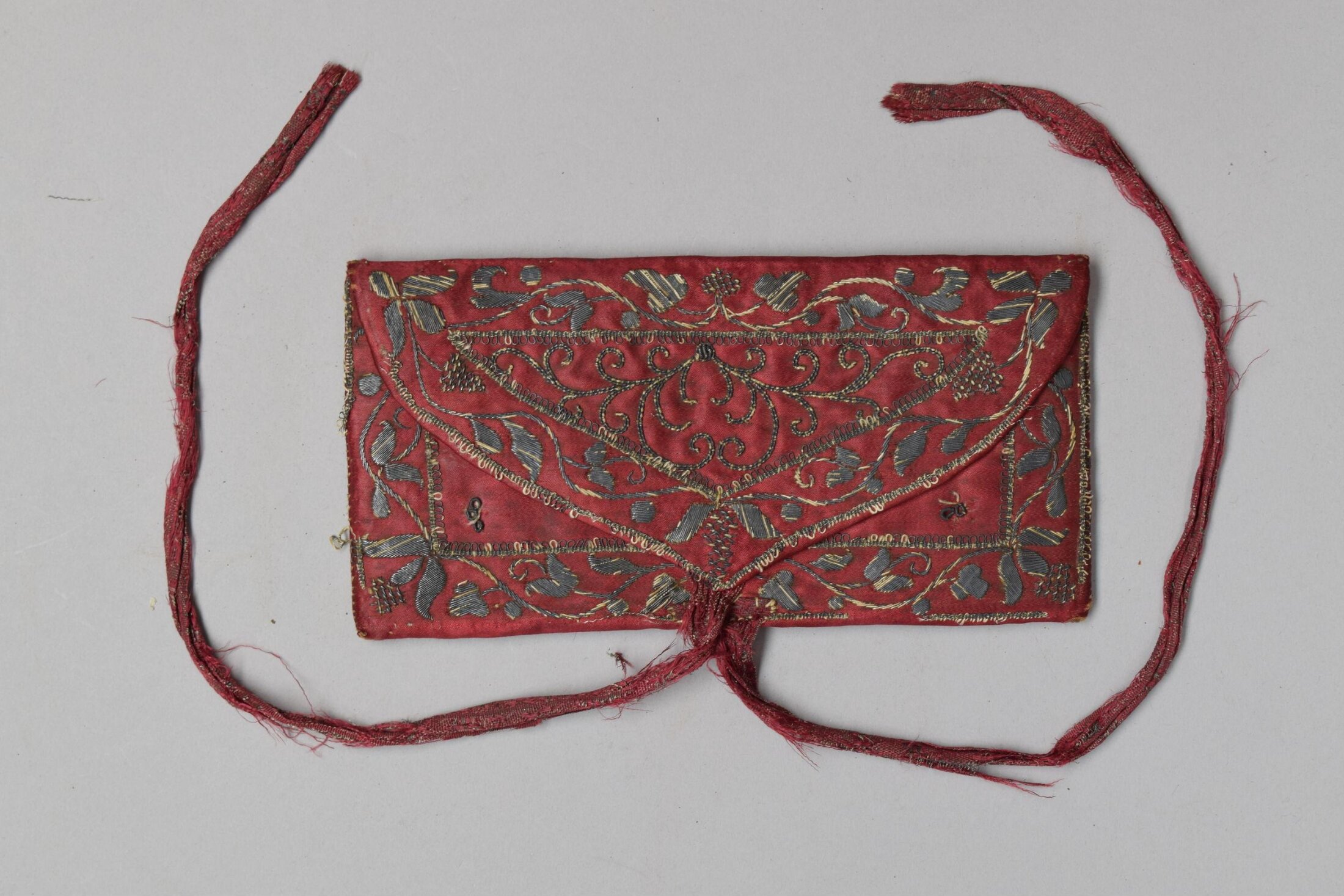
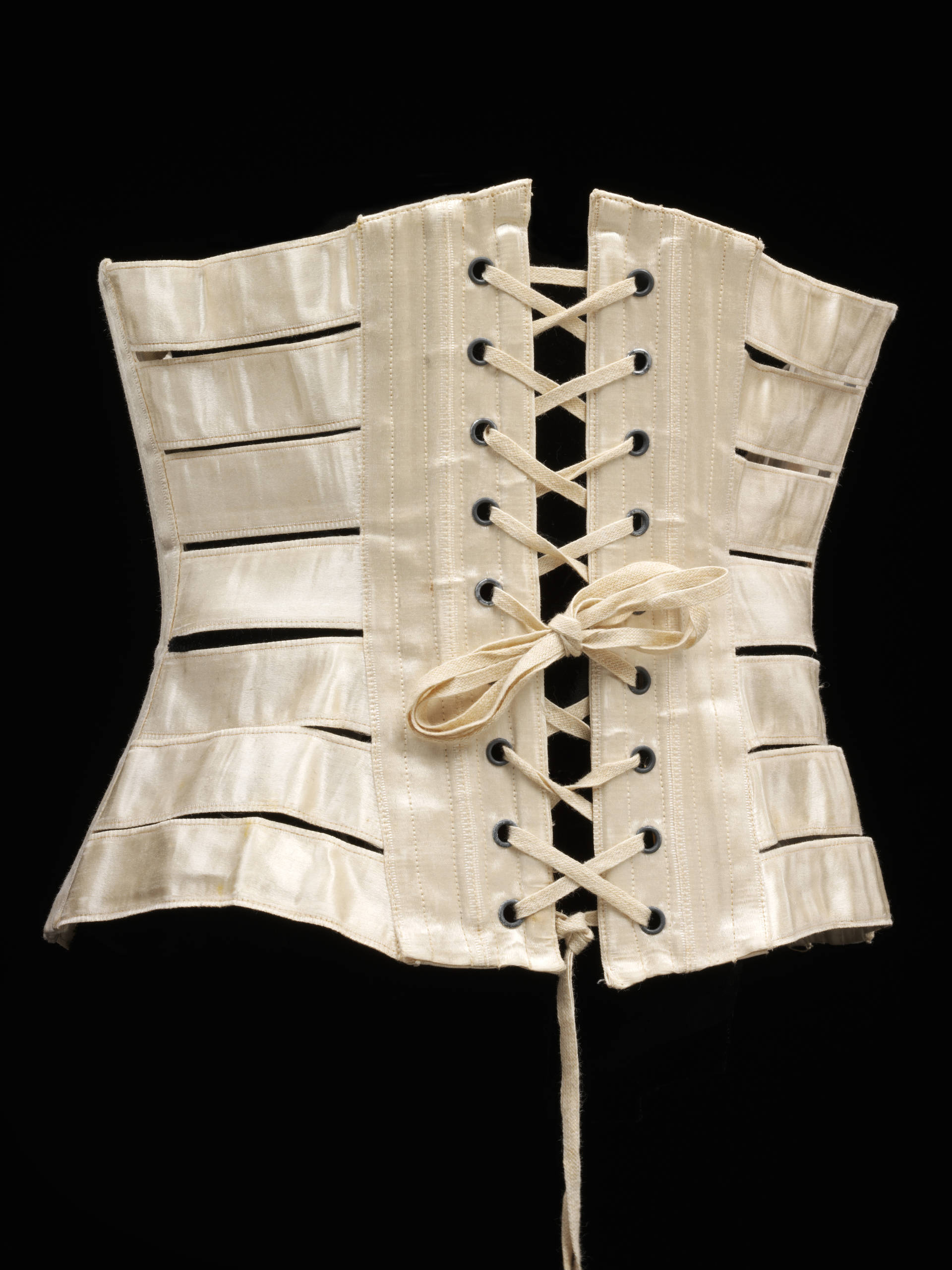
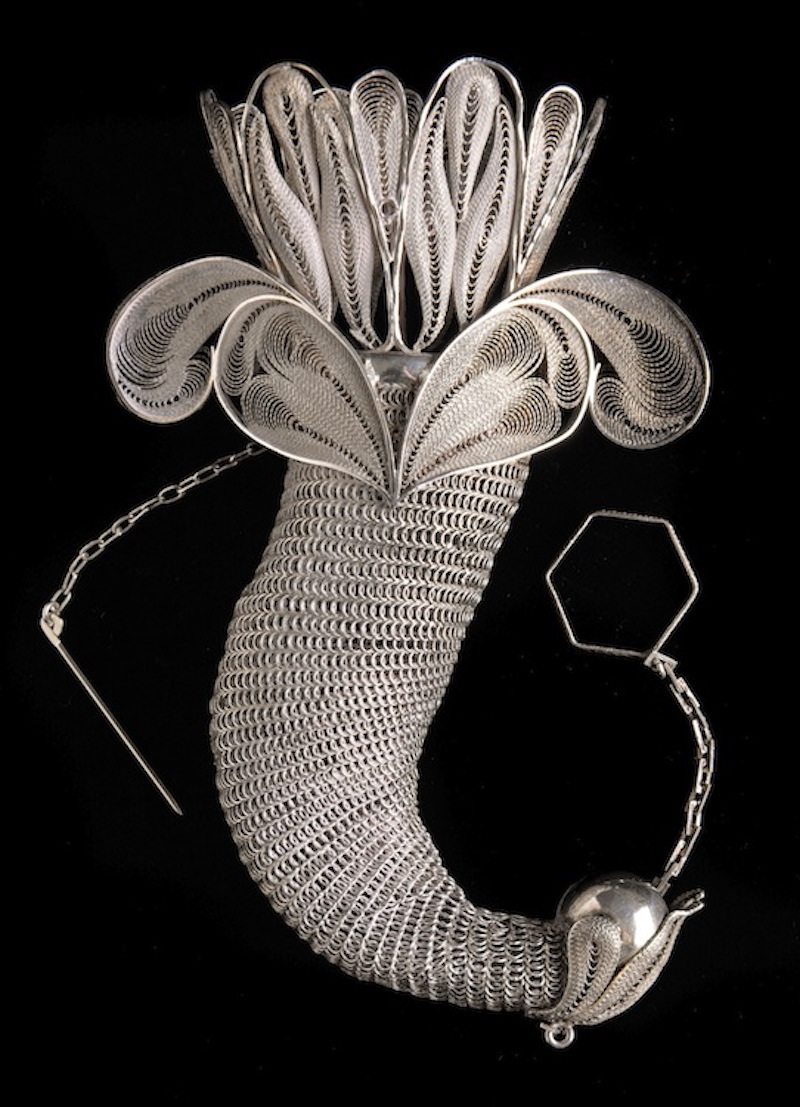
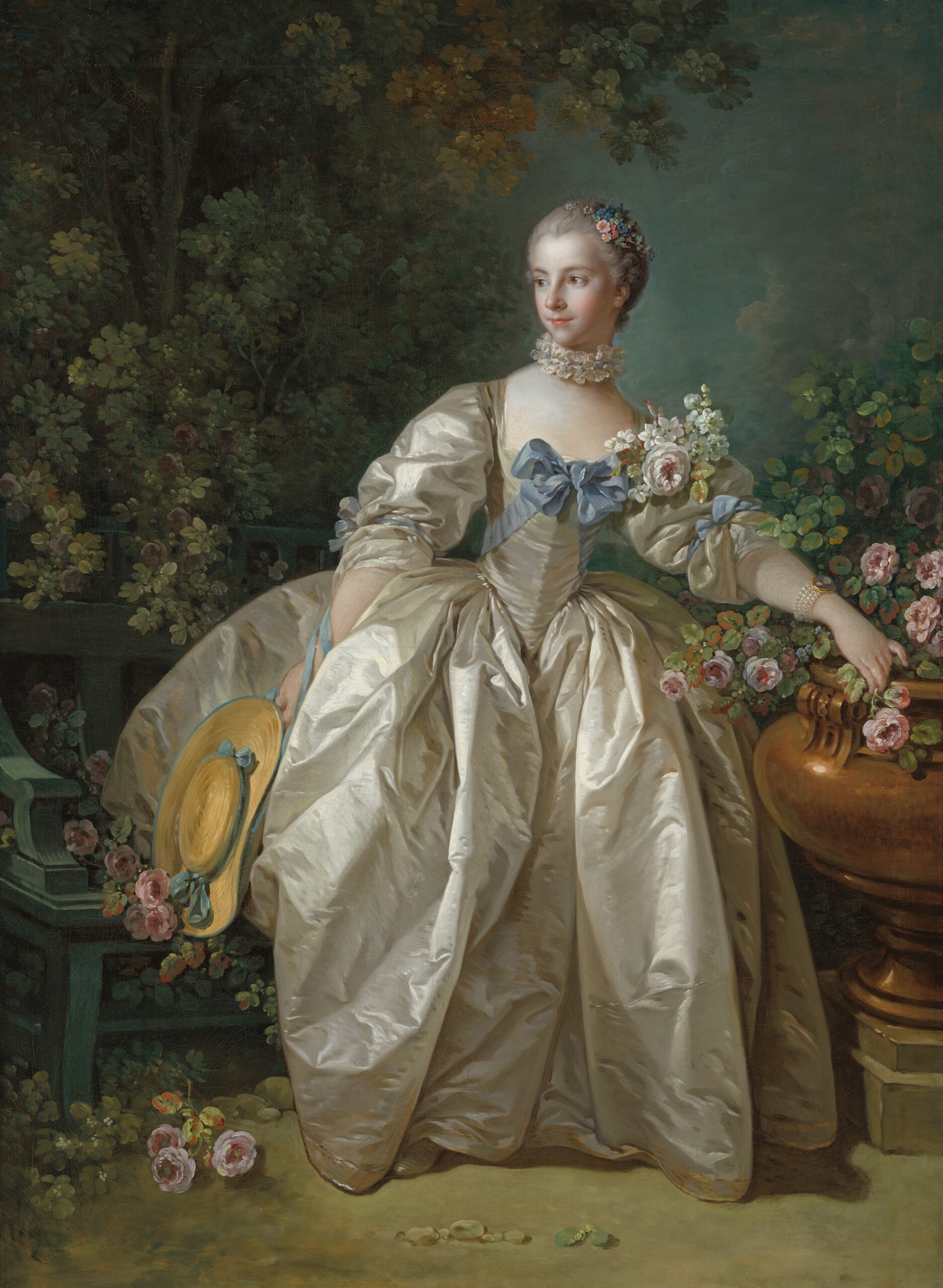
I inherited a metal mesh that looks similar to the third one you show. The major difference is that sewn to the mesh are silver fish-like “scales.” The reticule appears to be made of silver, though I never tried to polish it. I was afraid it might be damaged.
It was passed down from my mom’s mother’s side, but Mom never knew who it came from. Sadly, it has disappeared. I truly hope it turns up.
This article was such fun to read!
Very nice – but you forgot to talk about Edwardian tooled leather handbags, like those made by Jemco. These would be used during the day by Edwardian ladies. I own two of them and love them!